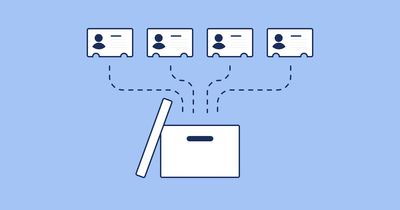
Segment on Signup: Collect the Data Before You Send the Emails
-
Data ManagementUpdatedPosted:
On this page
One of the many updates to our email marketing best practices guide is tip #30: Segment on Signup.
We used Strava as an example. The fitness-tracking tool asks new users if they are runners or cyclists, then tailors onboarding emails to their sport of choice. It’s a simple question with a significant impact on the user experience. Cyclists and runners, despite their shared love of pain and suffering, occupy entirely different sub-cultures. It would actually be destructive to send cyclists and runners the same emails when it’s so clear they need different messaging.
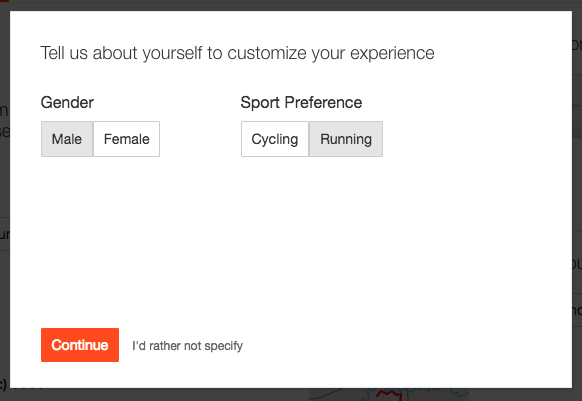
This got us thinking about other ways to improve user experience by collecting data before you start sending emails. We wandered around the Internet in search of great signup flows that also result in great email experiences. We found a few, which you’ll find below.
Asking your users to volunteer information can be used in tandem with event tracking. Strava, for example, could infer that I prefer running based on the activities I record, but they don’t have that data until later. In the beginning, it’s best to ask a few quick questions to get new users up and running (no pun intended) as fast as possible.
This is also really useful for media driven sites like blogs and news publication. Users may never create an account, which would allow you to track events, so simple data collection can be the primary source of segmentation.
Prove Your Value Before the Signup
Poncho, a daily weather email, has created an email signup flows. It’s so good that it gets new users excited about receiving an email before it’s even happened.
They ask questions that spark curiosity, like “Wanna know how the day will affect your hair?” or “Do you have pollen allergies?” They imply that you’ll receive relevant information by answering. And it’s no gimmick either. Based on your answers, Poncho will include helpful cues in each email.
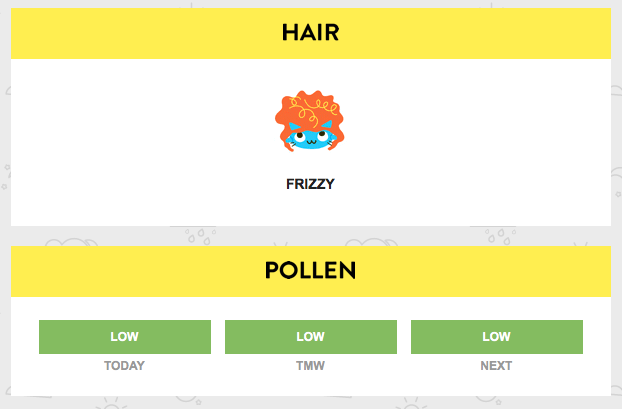
The signup flow is indicative of the customer experience to come. Here’s a look at the process. I’d encourage you to signup for yourself to see how it feels.
For Poncho, email is the product. They invest in data collection up front to make the user experience as strong as possible. But even if email isn’t your core product, it’s part of every product. Users associate all interactions – in-app, notifications, mobile, social, email, etc. – with your business. Collecting a bit of data can have a compounding effect. The better the initial experience, the more likely it is that a user will stick around.
Get the Timing Right
Investing in a better email product isn’t hard. We recently wrote about the importance of time zone management. This is a perfect example of a small (and easy to collect) data point that can make a huge difference in the user experience.
Quartz sends a great daily newsletter containing their top news stories. When new subscribers sign up, Quartz asks for their time zone so they can ensure the email is delivered early in each user’s morning. A news-focused email simply isn’t as useful in the afternoon.
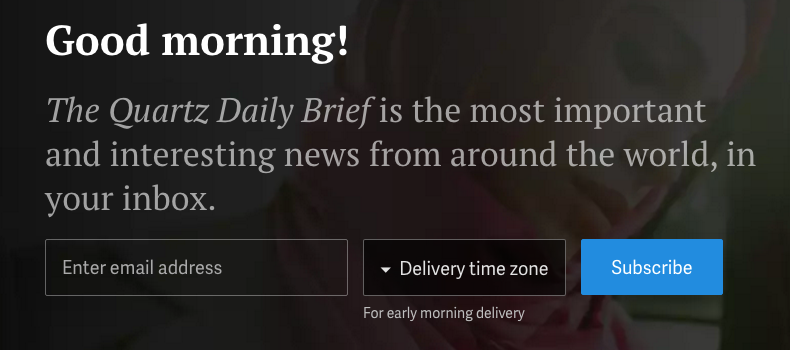
LivingSocial asks for each new user’s location so they can tailor the content for local deals and send emails in the right time zone.
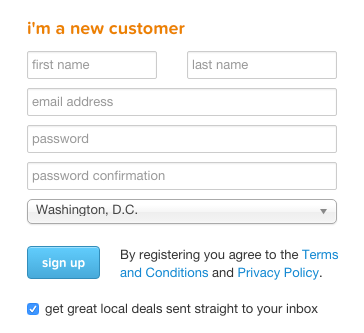
They also give you the option to set email preferences in each email.

A sales rep would definitely ask a new customer about their needs and expectations to improve the experience. Do the same with your emails.
If you’re serious about timing, Vero can find a user’s location based on their IP address, then allow you to send both newsletters and behavioral campaigns in their time zone.
Set Clear Expectations
No one does this better than wedding planners.
They have a hard deadline, so data collection help them set very clear expectations. The Knot, a wedding planning website, uses this same strategy for new users.
These questions don’t annoy the user because they set expectations. It’s easy to scare off potential signups by badgering them with questions. In order for this strategy to keep a user engaged, the questions must imply that you will use the answers to provide something useful. The Knot does this with friendly copy and obvious questions.
Why couldn’t other businesses mirror this strategy?
They can, of course, but most businesses don’t deal with hard deadlines like a wedding date. Still, it’s not that difficult to set clear expectations, which inevitably leads to a better experience for the user.
The Knot uses this exact strategy for their sister sites, The Bump (for expecting parents) and The Nest (for newlyweds). The Bump, for example, asks new users if they are trying to conceive, currently pregnant or already a parent. Users in each of these roles have entirely different needs. With this data in hand, The Bump can identify their pain points and send useful emails with targeted content.
This strategy ensures that each party is on the same page. For another (very detailed) example, take a look at how IKEA collects data for deep segmentation.
Offer Notifications That Are Actually Helpful
As Alex Potrivaev recently wrote on the Intercom blog, “notifications are still stuck in 1999.”
That’s because marketers and product managers fire them off for unimportant events. Sure, it’s an easy way to drive a little more engagement, but it’s also really frustrating to users when you bombard them with useless information.
There is a way to combine better notifications with segmentation. When Garmin announced the release of a new GPS watch a few months ago, they created a product page before it was available. They ask people who view the page to signup for an email alert to be notified about its release.
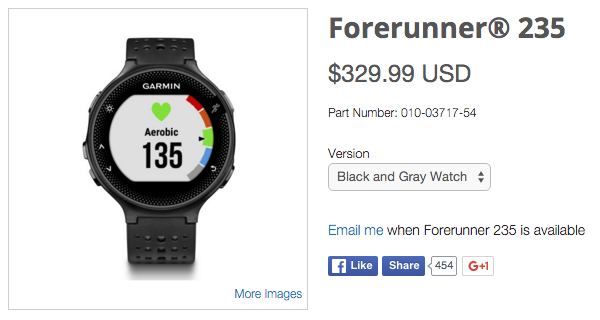
The result is a helpful notification – one that seems highly likely to drive a sale – as well as data for segmentation. Once the email is collected, Garmin can infer quite a bit about the user. They are likely an athlete, they are tech-savvy and they have some disposable income to spend on gadgets. It should help them create strong emails in the future.
It’s easy to do this with out-of-stock products, new releases and even private invites to a new app or event. Distilled uses the same strategy for their popular SearchLove conference series. Tickets for the 2017 San Diego event aren’t available yet, but you can signup for updates.
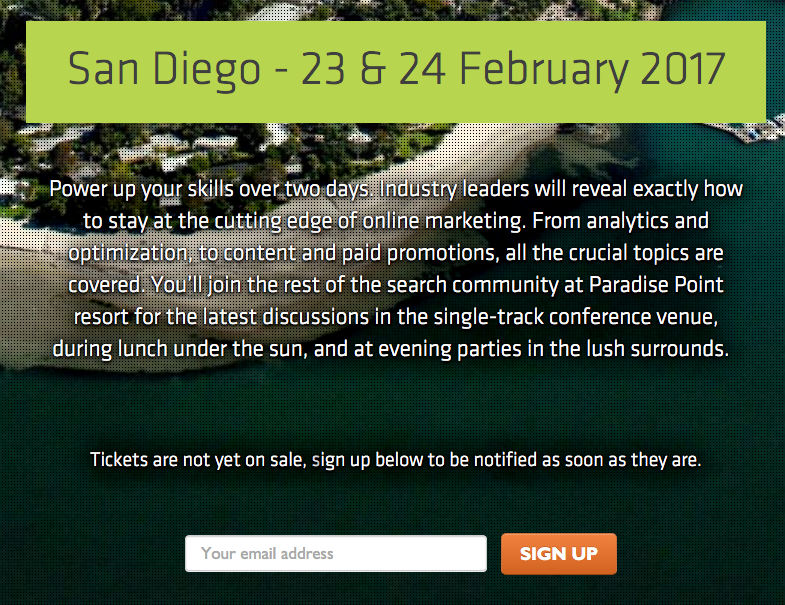
This data is so valuable. When the email arrives, it will be expected and anticipated. There’s no better sales email than an announcement sent to a waiting list.
Check out our email best practices guide for more tips like this. Have questions? Just drop a note in the comments below.
Want to send more personalized mobile and email messages to your users?
Learn moreCustomer story

How Vero helps Dribbble take full advantage of their customer data to improve personalization

